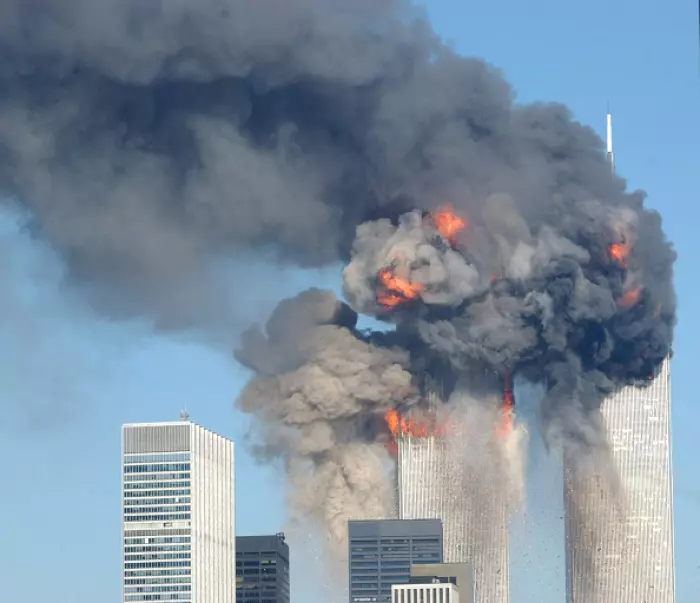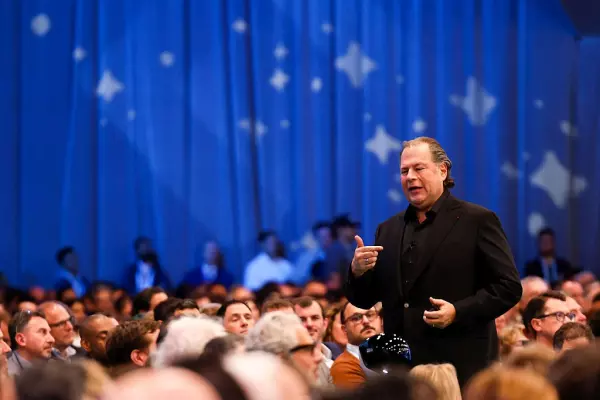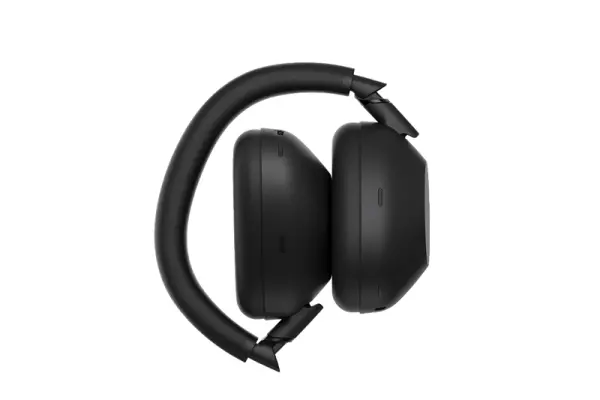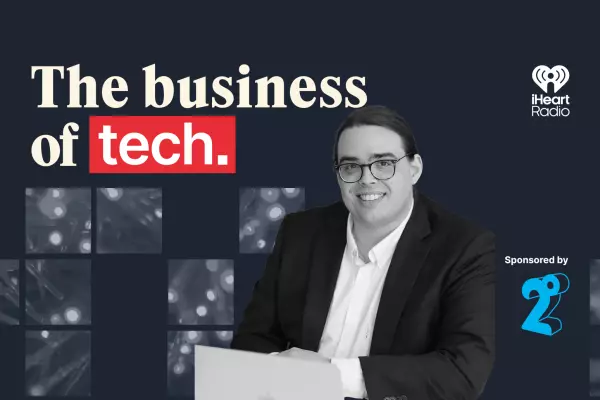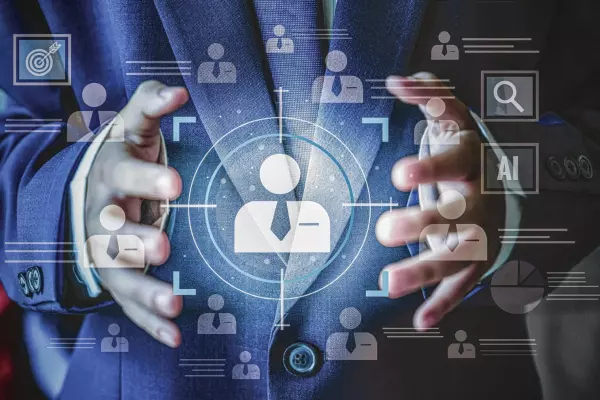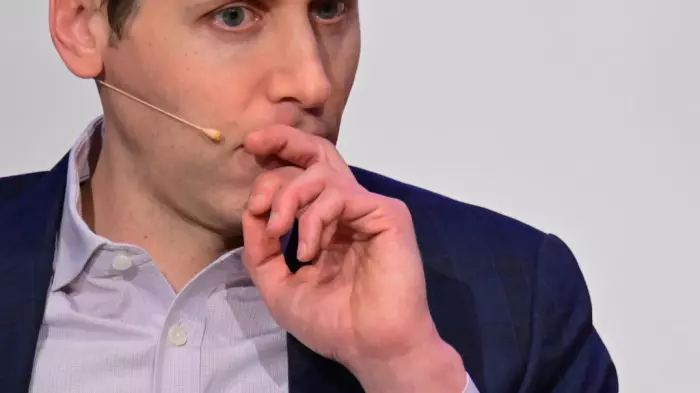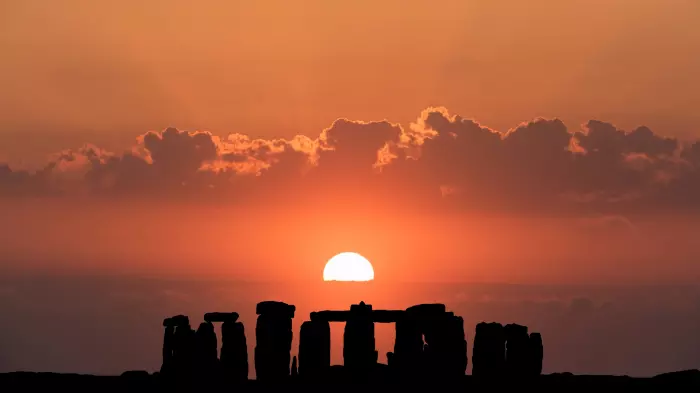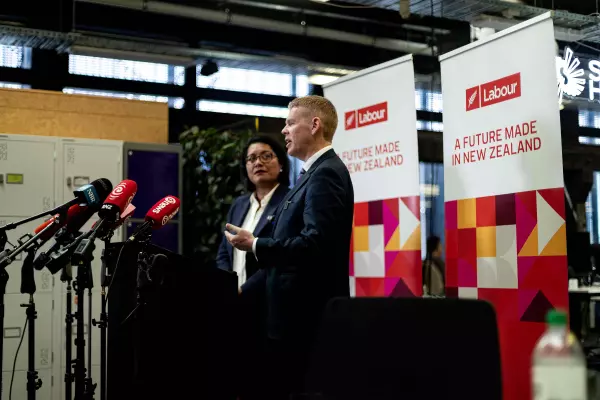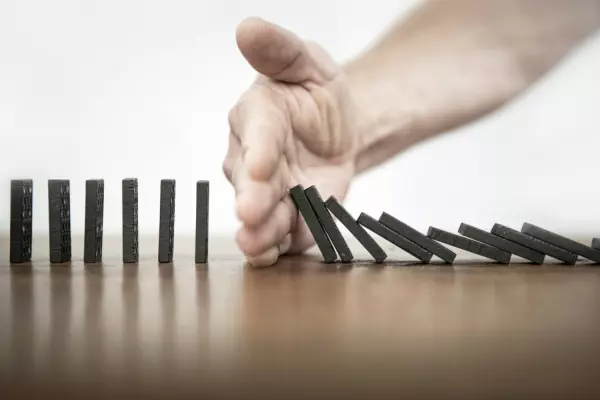Most of us will take a few moments in the next couple of days to reflect on where we were when al Qaida terrorists launched their attack on New York City on September 11, 2001.
I remember sitting in a car outside my apartment in Newmarket, chatting with the journalist Jon Stephenson, a friend and former classmate from our days at AUT journalism school. We were both night owls, so finished up our conversation close to 1 am, by which point the hijacked planes were closing in on the Twin Towers.
These days, the news junkie that I am, I spend a good 20 minutes scrolling news feeds on my phone before I go to sleep so would have caught the reports that quickly followed American Airlines Flight 11 slamming into the north tower of the World Trade Center at 8.46am New York time on a crisp and clear autumn morning.
But this was before the era of the smartphone, push alerts and the Twitter newsfeed. I went to bed oblivious to the carnage unfolding in the US, only catching the re-run of the horrifying footage the following morning on CNN, along with the rest of the nation.
When I got to the New Zealand Herald newsroom where I worked, a small group of journalists were gathered, watching the banks of TVs showing live cable news footage.
The majority of the Herald’s journalists were on strike at the time, part of the last major industrial action the media’s unionised workforce was able to muster.
A small group of non-union staff scrambled to put out special editions of the paper.
In doing so, we were aided by a flood of remarkable eyewitness accounts and photographs on the news wires from New York.
One of the senior editors quipped that with all this gripping content, the strikers could stay out until Christmas if they wanted to.
9/11 is the defining moment of the 21st century so far, more so even than covid.
It set the global geopolitical context that culminated in the fall of Afghanistan to the Taliban a couple of weeks ago.
But 9/11 happened just as the world was on the cusp of huge technological change. Our experience of it was largely mediated by the traditional media gatekeepers, the last time they held such a captive audience.
A digital nightmare
Can you imagine what it would be like to witness an incident like 9/11 today, through the lens of social media?
It would be like listening to the Howard Stern show.
The New York radio shock jock was live on air that morning discussing what it would be like to have sex with Pamela Anderson when he was alerted to the fact that the World Trade Center was billowing smoke. Then a plane plunged into the south tower.
“We gotta go and bomb everything over there now,” said Robin Quivers, Howard’s longtime co-host.
“We gotta bomb the hell out of them,” Howard agreed.
Today, all that rage, grief, insecurity and xenophobia would be amplified a hundred million times over and need to be directed somewhere.
It would be a more visceral, graphic and intimate event.
One of the striking things about the footage of the burning Twin Towers is that the vast majority of the images are from the point of view of people on the ground looking up.
Today, many of those office workers stranded on the top floors would have smartphones and be videoing and streaming the unfolding horror in their last moments alive.
The misinformation machine would get rolling much faster, with 9/11 Truthers analysing and manipulating the footage to fit their conspiracy theories.
Right-wing nationalists would take to Signal and the dark web to plot their revenge, replenish their arms caches and organise reprisals. Deep fakes would go viral.
Al-Qaida information officers would launch their own disinformation campaign from the caves of Tora Bora, attempting to rally the Islamic world to their cause.
Secret cryptocurrency payments would zip around the world. Geeks would post Google Earth images and air traffic maps to show the military mobilising.
It would be a nightmare of fear, anxiety and anger drowning every digital channel we have, algorithms prioritising the most inflammatory content.
The tech titans we have given so much control to would be powerless to stop most of it. Their legions of content moderators would be overwhelmed.
Live-streamed terror
We saw this with our own version of 9/11, the 2019 Christchurch mosque attacks, where a lightweight camera, a mobile data connection and Facebook’s live-streaming platform allowed a massacre to go viral.
Our internet providers had to make the call to block websites that were publishing the killer’s footage and manifesto, as Facebook and other social media platforms played whack-a-mole trying to stamp them out.
It isn’t, however, a one-lane highway to hell.
In the wake of a major terrorist attack, citizens, government authorities, tech companies and the media will use the internet and social media to disseminate trustworthy information, help the victims and attempt to heal our psychological wounds.
Technology also has a role to play in helping avoid such attacks, though efforts to do so to date have served to create the surveillance society Edward Snowden spectacularly blew the whistle on.
I dread an event on the scale of 9/11 in the digital age we live in.
We are not prepared to deal with it. I’ve spent the 20 years since the September 11 attacks covering the rise of the tech giants and the digital disruption the world has gone through.
First came the optimism and inspiring innovations, then the bit we are still living through - deep disillusionment, inequity and insecurity.
We are more reliant on technology than ever before, particularly as we live with the pandemic. We collectively need a better approach to developing, using and regulating the digital world we are immersed in.
9/11 was a pivotal moment for my old friend Jon Stephenson.
Within months he was in the Middle East covering the “war on terror” and became one of our most experienced war correspondents, with his book Hit & Run, co-authored with Nicky Hager, detailing our own military’s grim work in Afghanistan.
He sent me an email sometime in March 2003 letting me know he was attempting to enter Iraq to cover the invasion of the country. I wrote back, telling him he was crazy to try. Then he went dark for a long time.
Jon never signed up to Twitter, never bought into social media.
He probably had the right idea.
Worth watching: The new Netflix documentary Turning Point: 9/11 and the War on Terror, which brings great clarity to this whole sorry era of history.


